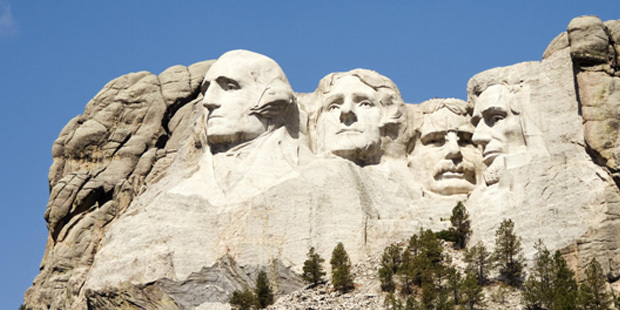"In the preservation of monuments, there is no cleaning for purely aesthetic reasons."
Monuments are an important part of a society's cultural identity. For their cleaning and restoration, sensitivity is required. Whether for a statue, royal castle or gray block of concrete – the value of a monument is determined by more than just its appearance. A discussion between experts on the preservation of monuments.
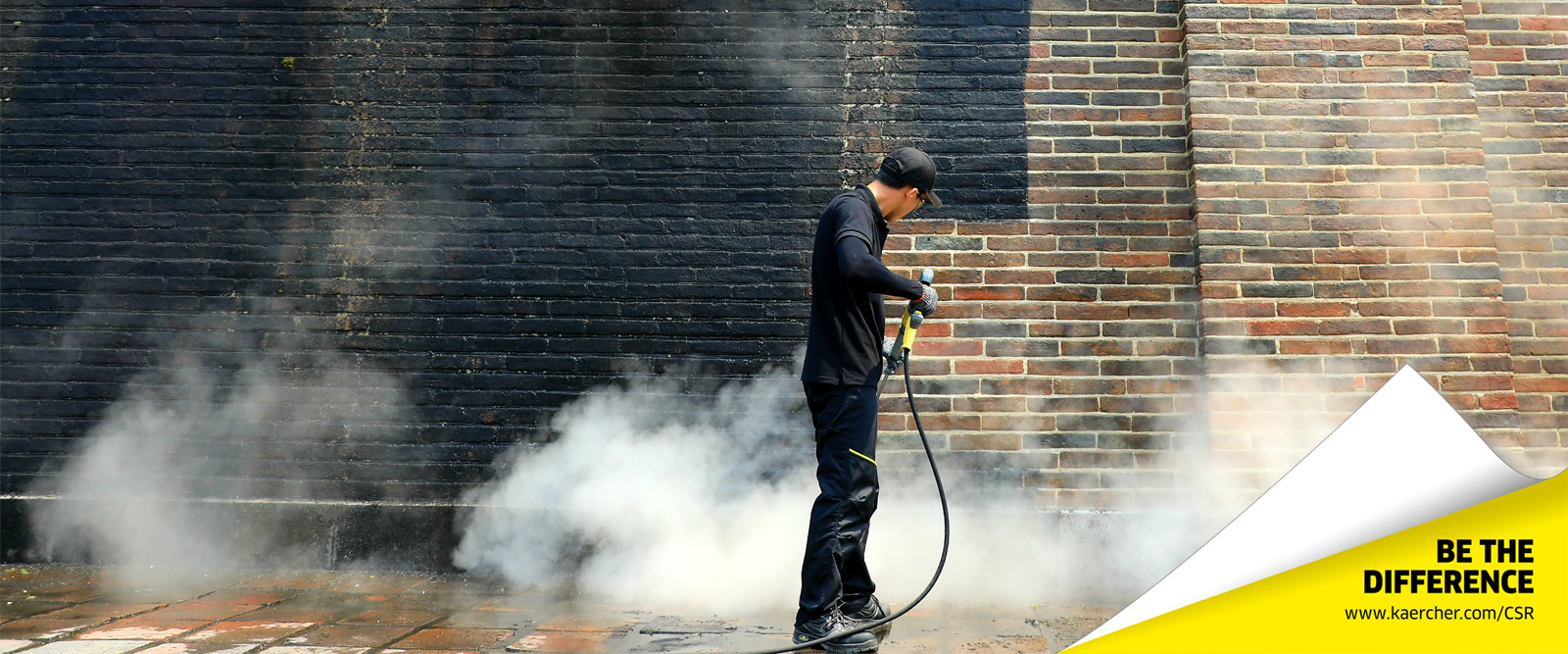
Discussion between experts on the preservation of monuments
With its 2025 sustainability strategy, Kärcher has set itself the target of concentrating its social commitment on the theme of value preservation. One area where this has already been successful for many years is cultural sponsorship. With regard to the cleaning of monuments and buildings, it essentially involves preserving their value, whether it is the material or, above all, the cultural value. But what exactly is the cultural value of a monument? Who decides? And how can the perspective on the value of a monument change? A conversation with the master stonemason Michael Schrem, the architect Klaus Lienerth and the Kärcher cleaning specialist Thorsten Möwes.
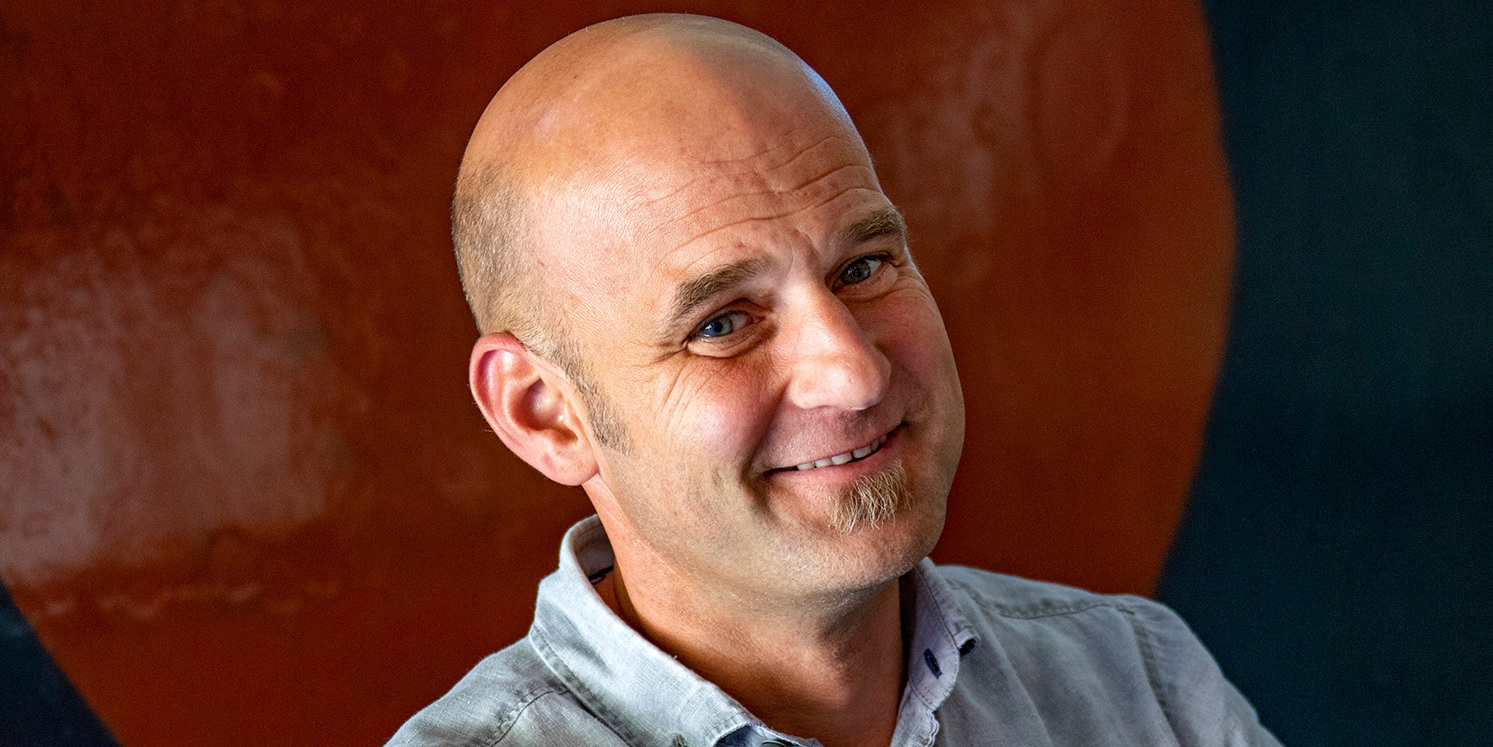
Michael Schrem
Master stonemason. In the company since 2013, Member of the Board of Management of AeDis AG since 2015. Responsible for restoration.
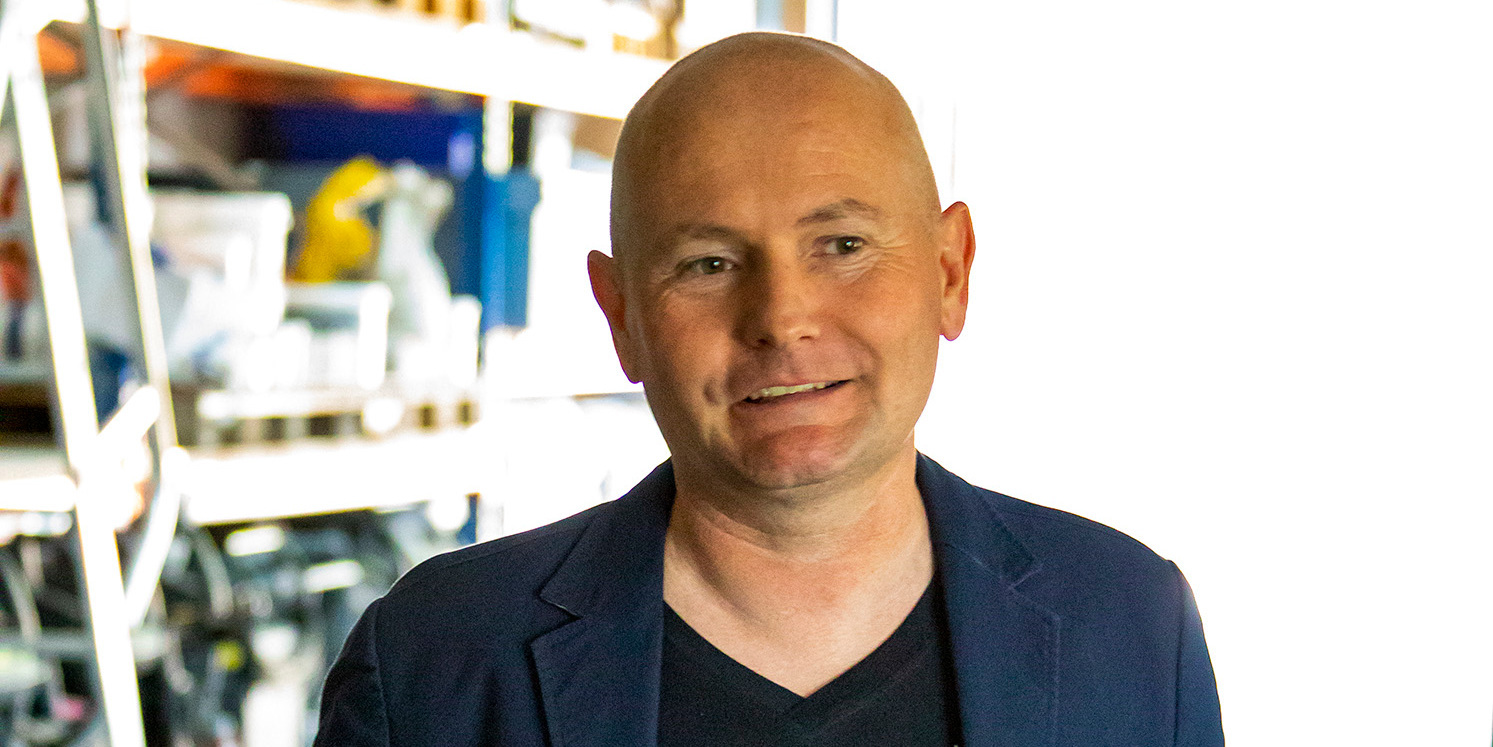
Klaus Lienerth
Independent architect. With AeDis since its foundation in 2002, Member of the Board of Management of AeDis AG since 2013. Responsible for planning.
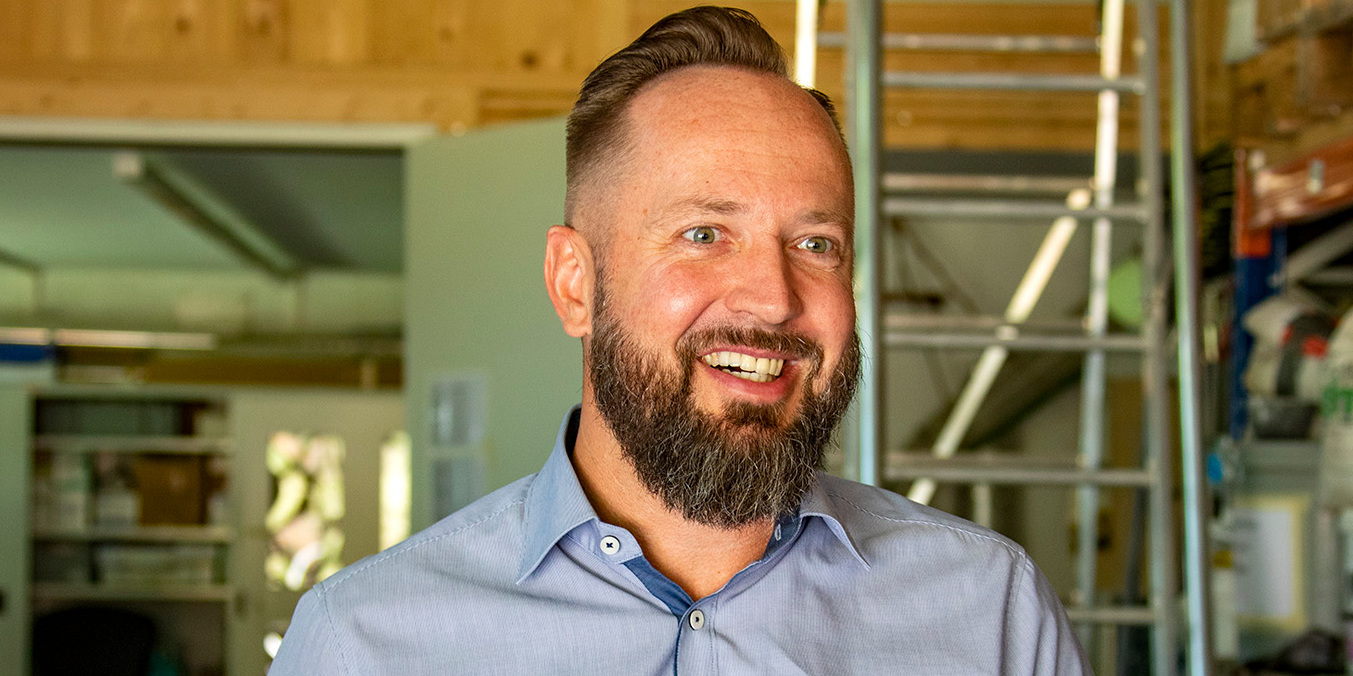
Thorsten Möwes
At Kärcher since 1992. Responsible for the technical implementation of cultural sponsorship at Kärcher since 2001.
Mr. Lienerth, the term 'monument' makes many people think first of statues.
Lienerth: Monuments to persons or buildings that commemorate a certain event are only one type of monument. There are other works that bear witness to an earlier culture. These may be works of art, building monuments or even historical excavations – so-called ground monuments. But not everything that is old is automatically a monument. Only if its preservation is considered to be in the public interest is it given historic monument status.
Who decides which monuments are worthy of protection?
Schrem: There are comprehensive and very complicated international, national and country-specific legal bases for monument protection. There is an international Convention on the Protection of Cultural and Natural Heritage, which was adopted in 1972 by the General Conference of UNESCO. The guidelines specify exactly how the world heritage convention should be implemented in practice.
Möwes: In this context, the criteria for the classification of a monument vary considerably. However, there is agreement that merely being old and beautiful is not sufficient.
Lienerth: A monument must reflect history and/or be of significance for certain areas of culture – for example art, local history, urban development or technology. Every monument is part of the identity and cultural development of a society – incidentally, not only those under monument protection. It is important to preserve these traces of our past.
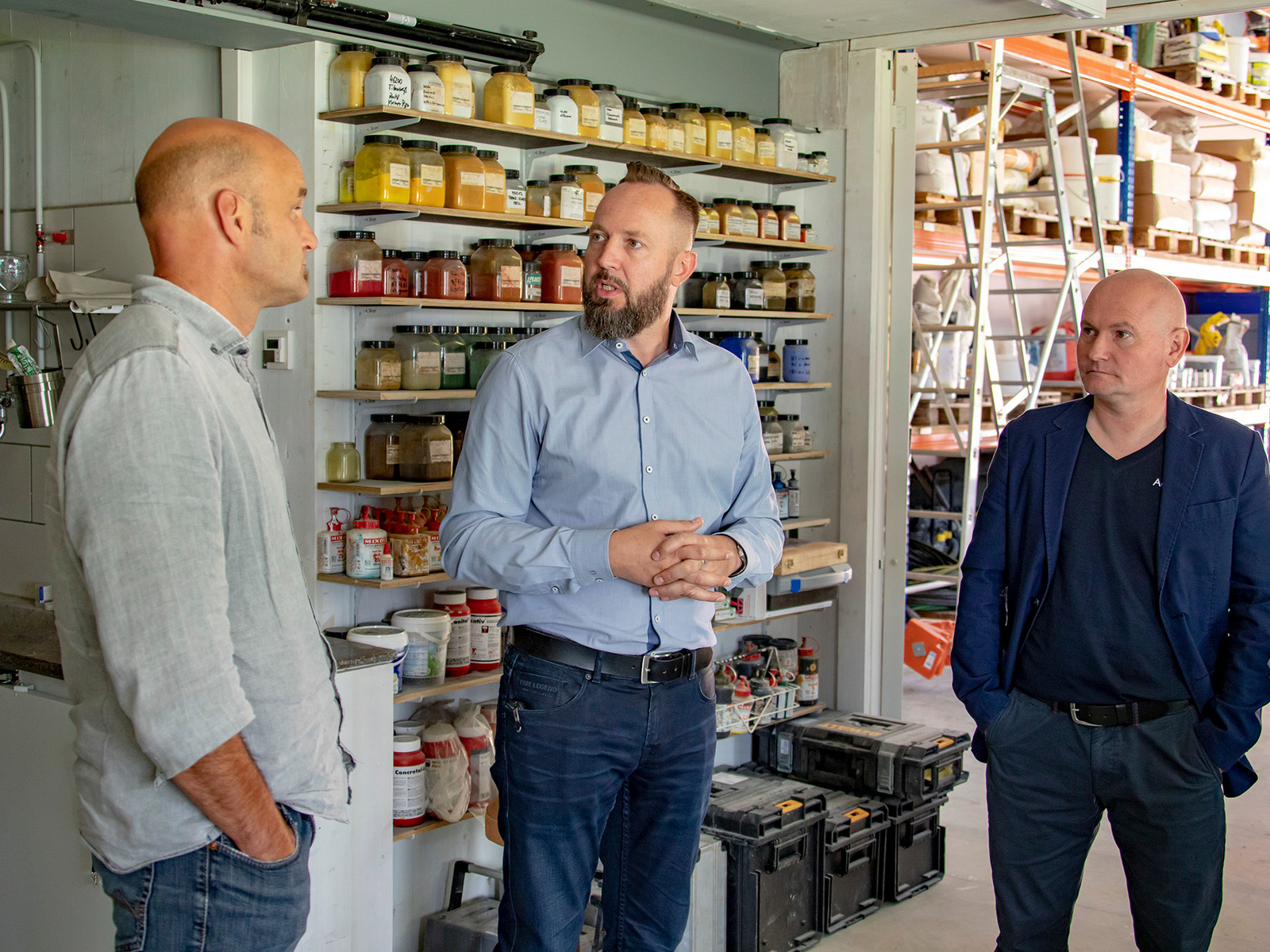
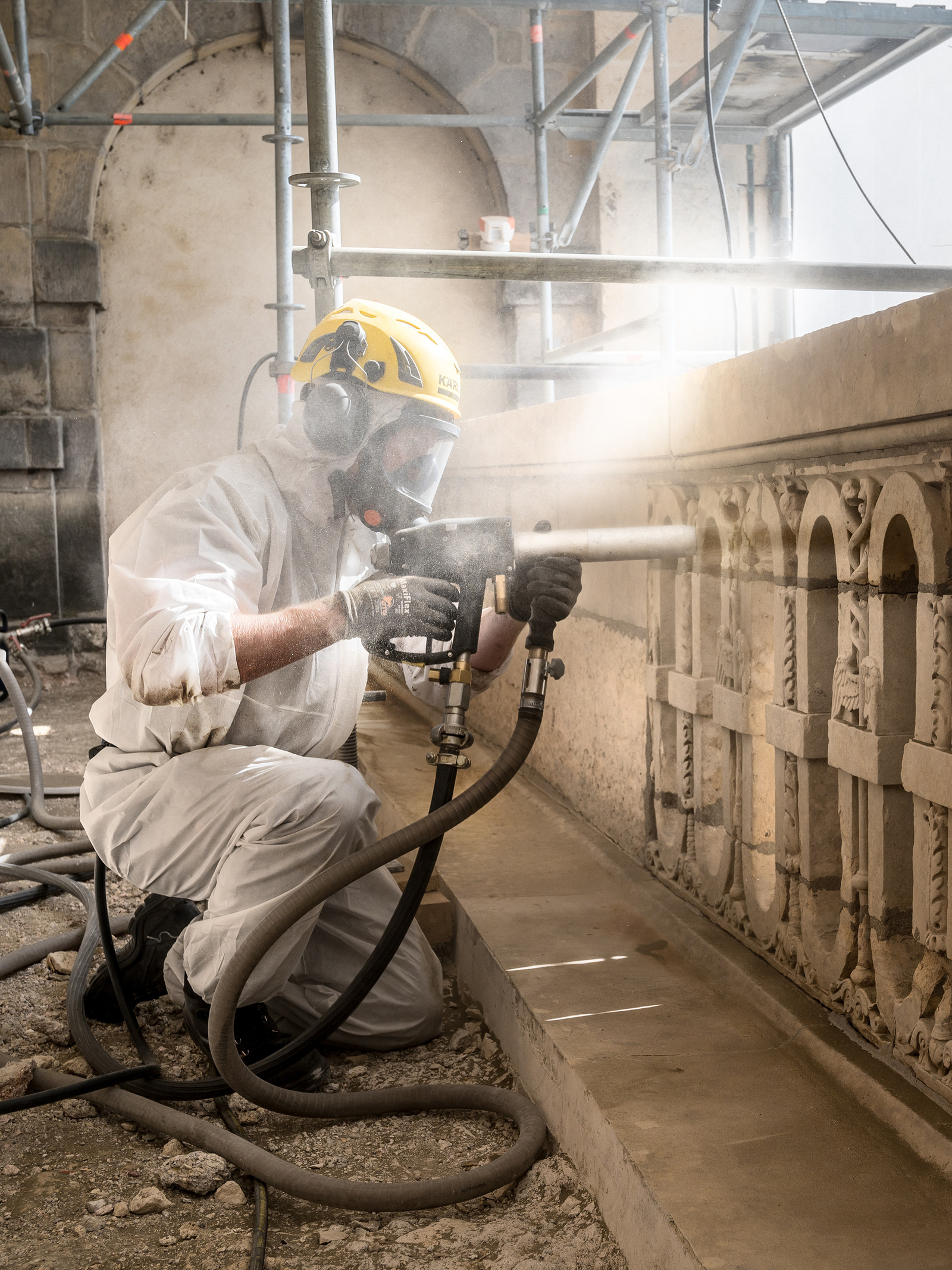
But society does not show such unlimited appreciation for all monuments.
Schrem: The value of a monument is frequently perceived differently within society. Some, for example castles and churches, but also other historic buildings, are undisputedly valuable and thus worthy of preservation in the eyes of most people. For others, their value is not immediately apparent to the layman. This applies, for example, to the modern monuments made of plain concrete from the 1950s, which are increasingly coming into the focus of monument preservation. And others, often monuments to a person or such that commemorate certain events, give rise to understandably conflicting feelings in the course of time. Sometimes also the right to exist of a specific monument is called into question. But even traces of the Reformation iconoclasm, sprayed graffiti or the lonely base of a toppled statue are ultimately part of the history of monuments.
Möwes: Also, internationally there are often different points of view about monuments. In Germany, for example, restoration is carried out very carefully. The substance should be preserved as close to the original as possible. So an old castle has to remain an old castle. In Japan, this is not seen so strictly. There, a monument is still valuable if, for example after being destroyed, it is rebuilt like the original. In Japan, it is more a question of being a place of remembrance. The new monument placed in the same position can also be a replica.
What is the decision based on as to how much original substance is to be preserved?
Lienerth: In our work, we must always weigh how much interference is too much and how much is reasonable. In principle, in the preservation of monuments, there is no cleaning for purely aesthetic reasons. It is always about preservation itself. Thus, a complete return to the original state may even quickly strike some observers as artificial.
Möwes: Sometimes, for example, the patina, or surface growth, is definitely seen as part of the whole ensemble and is not considered as pollution. Just think of old cemeteries, which develop their special magic in this way. We proceed very carefully and remove only destructive growth. Precisely in such cases, it pays off that we do not clean with biocides or other aggressive methods, but with water.
How important is cleaning in restoration?
Lienerth: Cleaning is essential for preservation. But with sensitive surfaces, for example soft brick or wood, it always means stress for the substance. Also when removing paint layers, which are usually very common, we must proceed with caution. Here, we feel our way carefully by cleaning sample surfaces.
Möwes: We naturally see our part of the cleaning work as a part of the overall restoration. However, our part often comes first, as in many cases it is only possible to identify any damage after an object has been cleaned. Nevertheless, the cleaning often has a major effect on the perception of an object and can also contribute to its preservation, as most types of dirt and pollution have a damaging effect on the substance.
Can you give an example?
Möwes: For example, when I think of the cleaning of the Franconia Fountain in Würzburg, what I mean becomes especially clear. Here, on account of the thick limestone layers on the figures, somebody not involved could get the impression that they are made of stone. Only after our cleaning technology had been applied to remove the limestone layers did the bronze again become clearly visible, the figures' appearance was then completely changed and the fountain has since been perceived in a very different light. And the subsequent restoration and preservation work on the fountain would hardly have been possible without the cleaning and removal of the thick limestone layers.
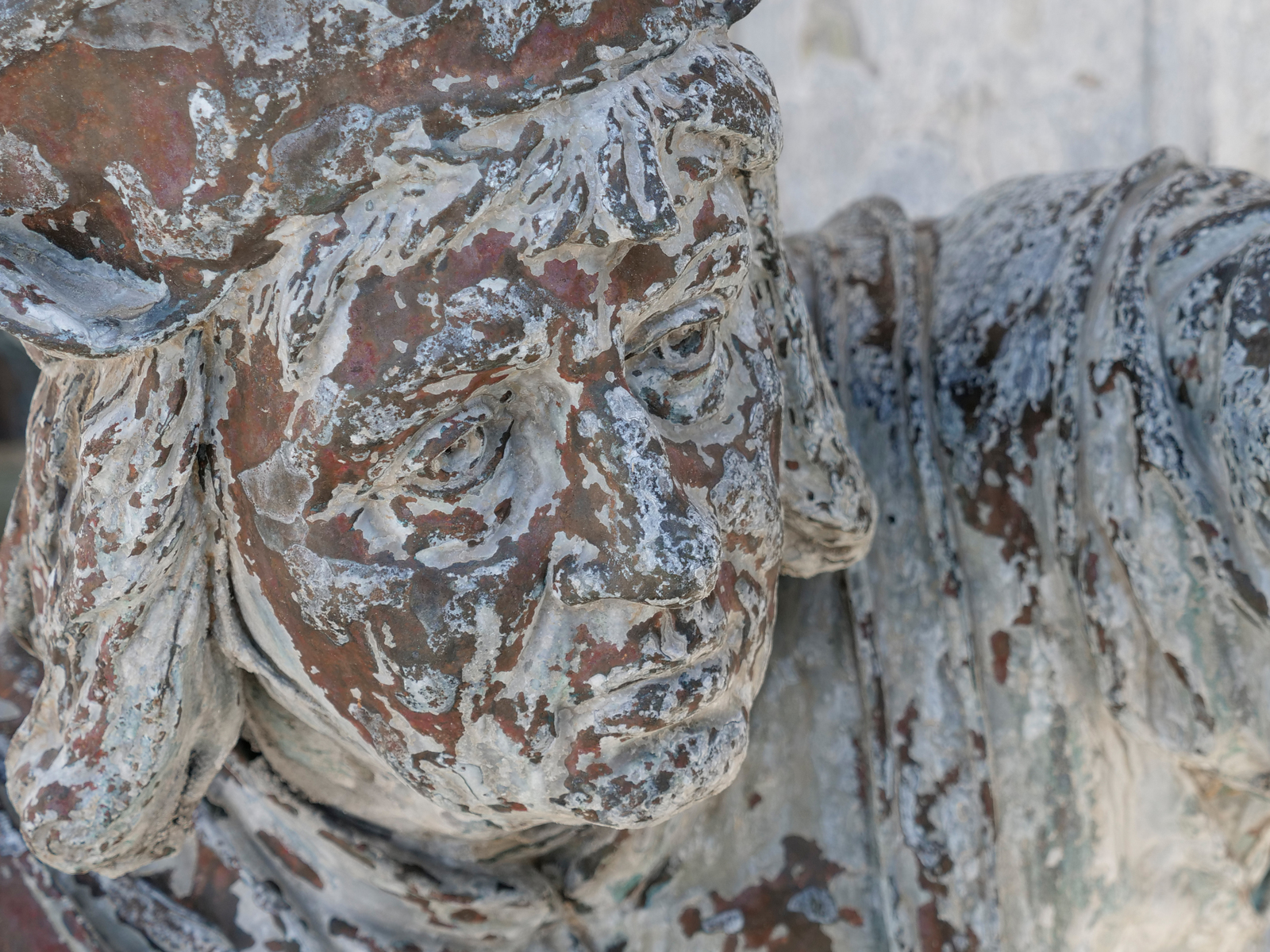
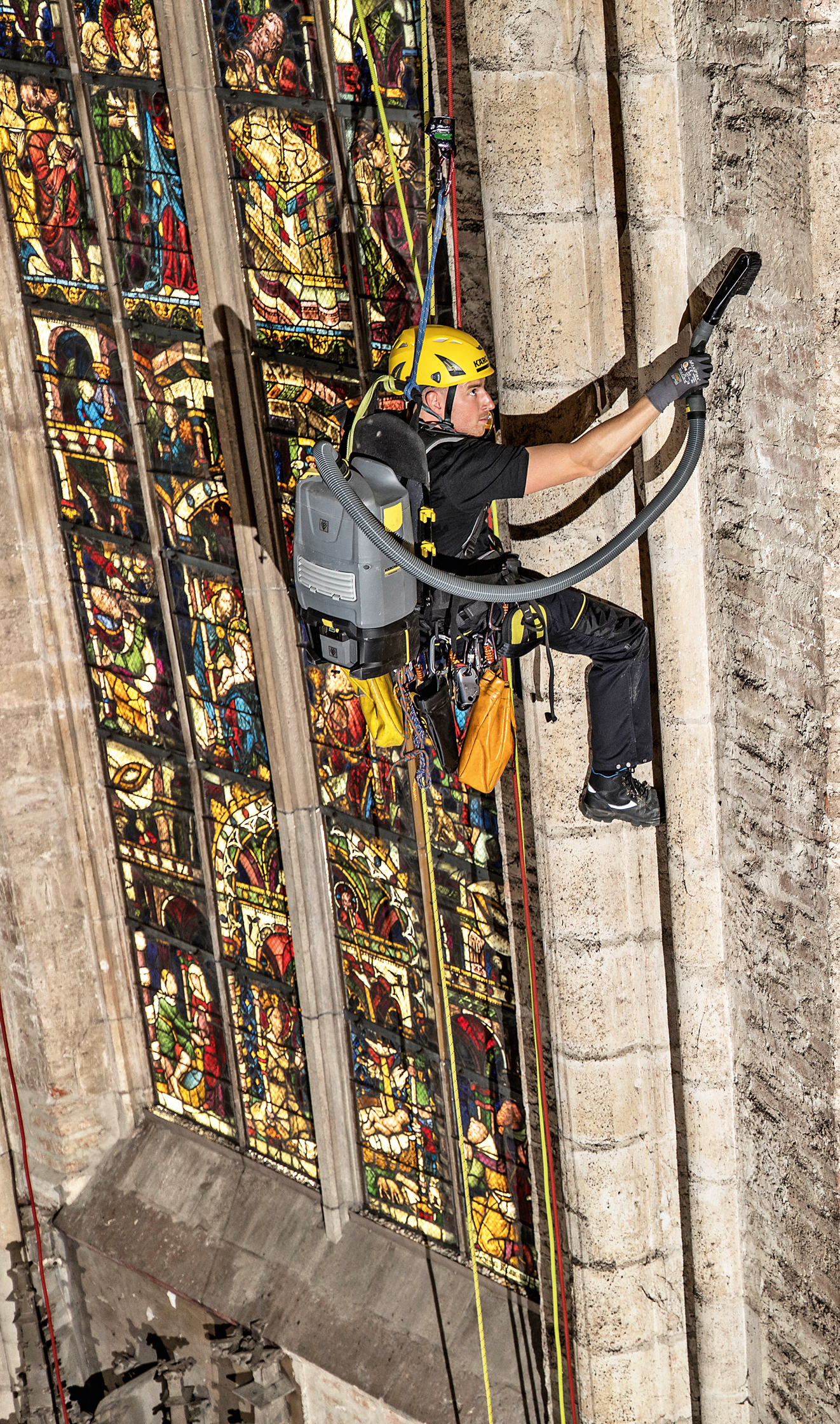
And what would be an example of the preservation of a monument?
Möwes: Another nice example is the Colossi of Memnon in Egypt, which we cleaned a few years ago. On account of stable incrustations of dirt, which had formed over the centuries, the Colossi were seriously endangered by salt blasting. First, we were able to remove the layer of dirt that was damaging the stones and therefore prevent the further decay of the monuments. Secondly, and surprisingly, even remains of the original paintwork were discovered, which we then carefully uncovered without damaging them.
Is a restored or cleaned monument perceived differently by society?
Lienerth: When a restoration is carried out, public awareness of the monument always increases. If we change the façade of a historic building after more than 30 years because we have discovered that it was originally beige and not yellow, discussions always ensue. Often not only with those responsible in the city administration or for the preservation of monuments, or with the owner, but also with the public. With regard to monument preservation, we have to do a lot of mediation work. We have to explain what we're doing and why, and get all involved on board.
Möwes: The preservation and appearance of monuments is important to people. We can see that from the number of requests for cleaning that we receive. Ranging from the little village fountain to the statue of Christ the Redeemer in Rio de Janeiro. We try to help everyone. Sometimes by lending equipment and sometimes by taking charge of the whole job. For example, after we had cleaned the walls of the choir in Ulm Minster with our vacuum cleaners, underneath the layers of dust a much brighter and more pleasant wall colour appeared, which the parishioners and visitors were pleased to note. It was the same when we removed the black coating from the Noon Gate of the former imperial residence in Vietnam. Suddenly the red bricks underneath were again clearly visible.
How do you see the importance of your work in society?
Lienerth: Fortunately, people understand the necessity of maintenance and restoration. There is hardly any social movement that questions the money needed for monument preservation. There is agreement that it is important and it should be the responsibility of the state to preserve and maintain our cultural heritage.
Schrem: Events such as the "Day of the Open Monument" or "Youth and Monuments" are helpful. Visitors can then gain insight into monument preservation, which increases the understanding for our work. Even more importantly, they find out about the background of a monument, its history. And only with this knowledge can they discover the value of a monument.

